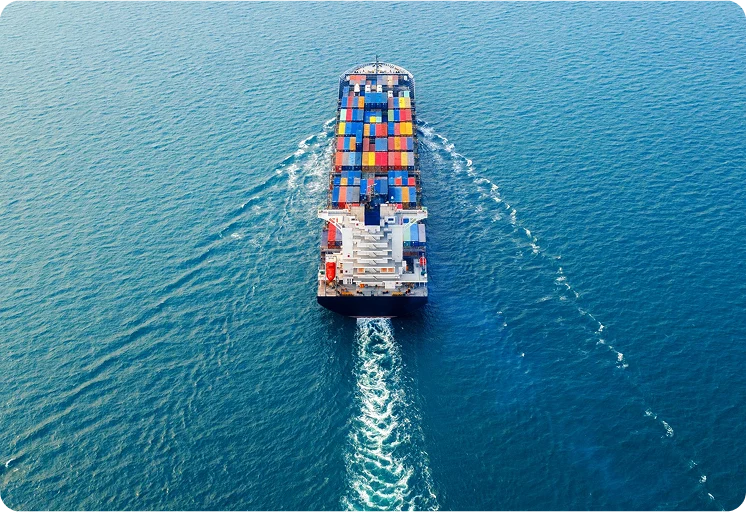Port tariffs are critical for maintaining port operations while significantly impacting logistics costs and supply chain efficiency for businesses. In 2025, as operational costs rise due to inflation and infrastructure upgrade demands, understanding and managing port tariffs is key to sustaining a competitive edge.

1. Analysis of Port Tariff Structure
Port tariffs are typically composed of the following key fees:
Understanding these components enables businesses to better anticipate and control costs.
2. Comparison of Tariffs at Key Ports
Based on preliminary 2025 data:
Variations in tariff rates among ports directly influence businesses’ port selection strategies.
3. Cost Optimization Solutions for Port Tariffs
Businesses can adopt the following solutions to minimize costs:
4. Forecast of Port Tariff Trends for 2025 – 2026
Experts anticipate the following developments in port tariffs:
5. Conclusion
Port tariffs are more than just costs—they are strategic factors influencing business competitiveness. By staying informed and implementing effective cost management solutions, businesses can optimize logistics operations and boost profitability in a challenging market environment.